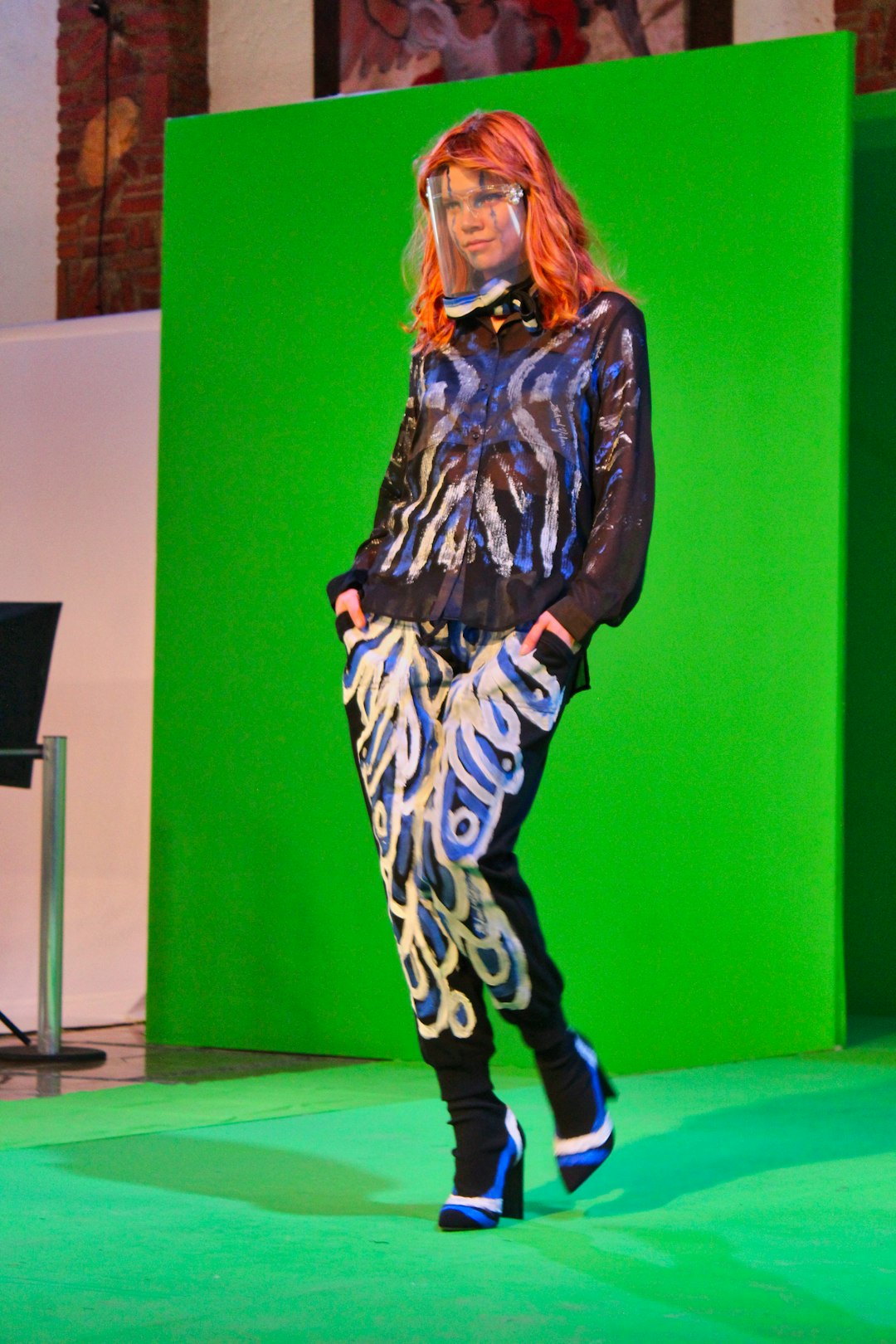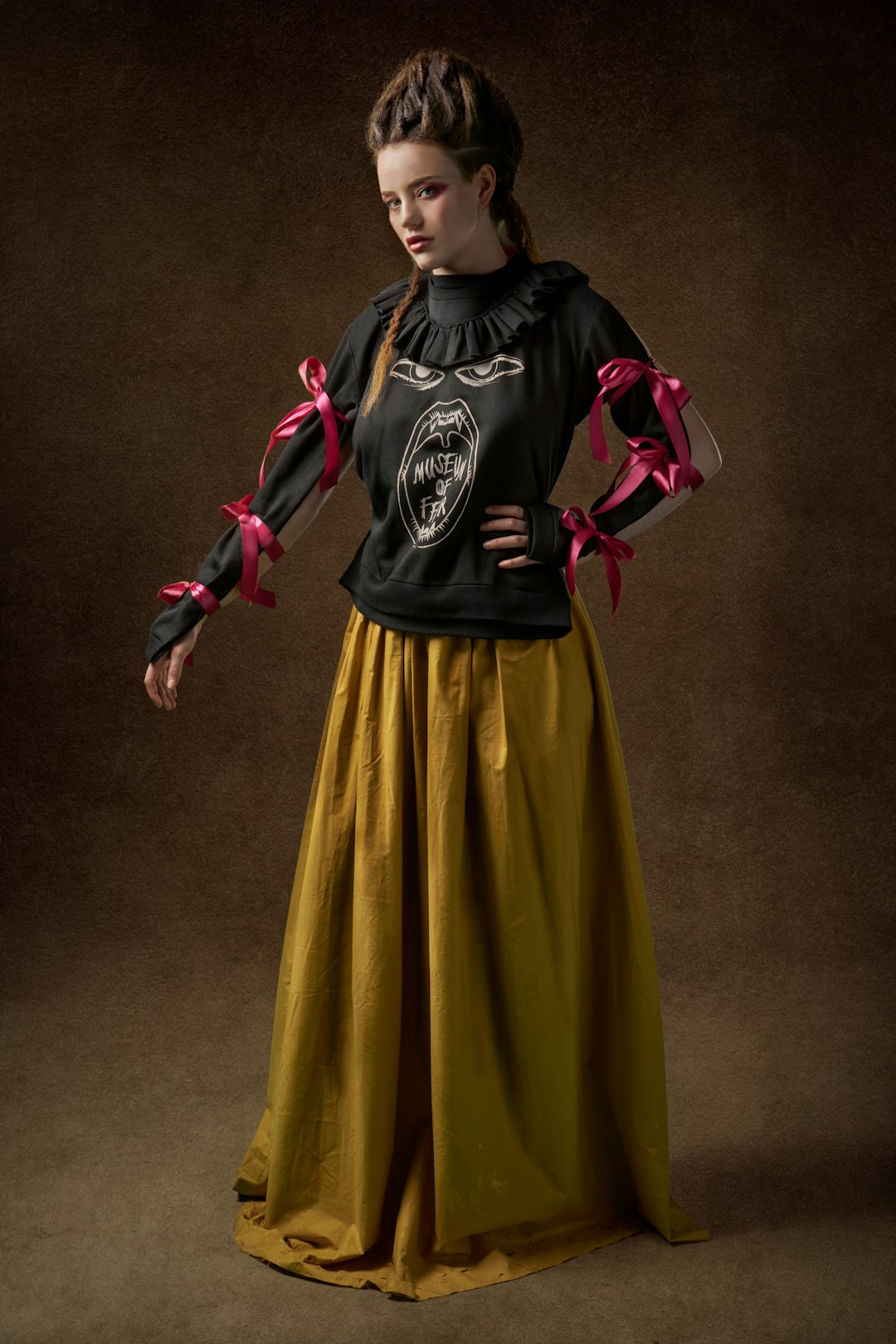What once took dozens of artisans and weeks of physical labor can now be achieved in a matter of hours, thanks to the rapidly evolving realm of AI costume technology. With the entertainment industry constantly pushing boundaries, artificial intelligence is delivering a revolution in how characters are conceptualized, designed, and brought to life across film, television, video games, and live performances.
From adaptive wearables to hyper-realistic virtual outfitting, AI-powered costume creation is blending creativity and computation to evoke new levels of immersion—and it’s altering the workflows of artists, designers, and directors in ways never seen before.
From Fabric to Algorithm: The Digital Transformation of Costuming
Historically, creating costumes for a major film could involve teams of tailors, fabric dyers, special effects technicians, and computer graphics artists all collaborating over several months. Now, AI is empowering costume designers to accelerate and enhance the process. Using machine learning algorithms, designers can:
- Predict design trends based on analysis of thousands of costume references from archives, films, and social media.
- Generate realistic costume renders almost instantly, which directors and producers can view in augmented or virtual reality environments.
- Customize outfits on virtual models that match the exact body type and motion patterns of actors, saving physical fitting sessions.
This shift is not only changing the creative process—it’s opening up new kinds of storytelling possibilities. With AI handling time-consuming technical tasks, costume teams can devote more time to imaginative exploration.

Real-time Costuming in Virtual Production
One of the most significant evolutions brought about by AI in the entertainment world is real-time costuming during virtual production. Popularized by companies like Disney and Netflix, virtual production blends traditional filming with digital environments visible on massive LED walls. AI enhances this process by enabling costumes to adapt in real-time to the changing virtual surroundings.
How does it work? Smart AI systems monitor lighting, movement, and environmental changes to dynamically adjust virtual costume textures and physics during a shoot. This means a hero’s cape can flutter appropriately in an AI-generated windstorm—or subtly shift color as scenes move from dusk to dawn—without requiring CGI tweaks in post-production.
Such seamless integration of digital garments not only saves time in post-production editing but also ensures continuity and realism across complex multi-angle shots.
The Rise of AI-Assisted Digital Wardrobes in Animation and Gaming
In the world of animation and video games, AI is providing creators with powerful tools to dress characters more convincingly than ever before. Instead of manually rigging dozens of clothing variations for every character, developers can train AI on garment behavior so that apparel logically responds to body movement, environmental forces, and even emotion.
In games such as Cyberpunk 2077 and Final Fantasy VII Remake, portions of costume behavior are already influenced by procedural AI systems which allow clothes to sway, gather, or resist wind in ways that mimic real-world physics. These simulations are automatically optimized for performance on consoles or PCs, providing players a smooth yet cinema-quality experience.
Additionally, generative models like GANs (Generative Adversarial Networks) can suggest new costume designs based on mood, setting, and artistic direction. Designers input a theme—say, “post-apocalyptic warrior”—and the AI generates numerous apparel concepts with varied fabric choices, silhouettes, and accessories.

Hyper-Personalization Meets Performance Art
For live events and theater, AI technology enables another exciting breakthrough: hyper-personalized costumes that interact with the audience or environment. Think of garments embedded with sensors and predictive learning algorithms that evolve during each performance. They detect crowd noise, light levels, or onstage choreography to alter color, form, or animation in real-time.
A notable example is the Broadway show “Here Lies Love,” where the costuming included LED-embedded attire that responded to the theater lighting and music tempo through AI-controlled systems. These wearables created a choreographed visual experience, essentially merging performer and costume into a dynamic storytelling unit.
Some avant-garde fashion designers are also collaborating with AI engineers to create self-adapting costumes for dancers and musicians. These outfits literally come alive as the performer moves, morphing shapes or glowing with synced rhythm—blurring the lines between costume and tech performance.
Cost Efficiency and Sustainable Design
While AI costume technology opens up creative domains, it also delivers pragmatic benefits. The entertainment industry has long grappled with tight budgets and environmental concerns—especially with single-use costumes for one performance or scene. AI offers cost-effective and sustainable alternatives in various ways:
- Digital Prototypes: Designers can preview hundreds of costume ideas via digital modeling before selecting which ones to fabricate.
- Material Optimization: AI systems can suggest the smallest possible fabric cuts, reducing waste.
- Fewer Reshoots: Less reliance on costume continuity fixes in post-production thanks to real-time AI corrections.
Even storage and logistical issues are alleviated, as many studios now maintain “cloud wardrobe libraries” of digitized costumes that can be accessed, reused, or adapted across productions.
The Democratization of Costume Creation
Perhaps one of the most transformative impacts of AI costume technology is how it’s enabling smaller studios, independent creators, and individual artists to produce work that rivals major productions. Tools like Runway ML, Adobe Firefly, and CLO3D provide AI-assisted platforms where users can design, simulate, and export costumes without traditional textile knowledge.
This democratization of costume tech expands access and encourages global creativity. Indie animators can design characters with detailed garments that shuffle, glide, and respond like high-end productions. Aspiring designers can turn their sketches into motion-ready assets fit for film—and even tailor them for virtual avatars in the metaverse or AR applications.
Educational programs and costume schools are also evolving to include AI literacy, ensuring future designers are both digitally skilled and artistically fluent.
Navigating Challenges and Boundaries
Despite its groundbreaking promise, AI costume technology isn’t without challenges. Ethical concerns around data sourcing, especially when training AI on existing costume designs from copyrighted materials, have sparked debate. Designers and studios are calling for clearer guidelines on how AI-content is licensed and credited.
Moreover, there’s a growing industry conversation about the balance between creativity and automation. While AI excels in efficiency and suggestion, many veterans emphasize the irreplaceable value of human emotion, intuition, and hands-on craftsmanship when it comes to costume storytelling.
Additionally, high-end AI costume generation requires robust technology infrastructure—something not all production houses can afford yet. However, as the technology matures and becomes more accessible, these entry barriers are slowly dissolving.
The Future of AI in Costuming
As we look ahead, the integration between AI and costume technology is expected to deepen. Next-generation interfaces will allow designers to “speak” to AI systems verbally—describing a character or vibe—and receive narrowed-down costume options in seconds. Mixed-reality costume prototyping and neural style transfer—where an AI can adapt an existing artistic painting style into wearable fashion—are also on the horizon.
With AI interwoven into the threads of creation, costuming in entertainment is transforming not just in how it’s made, but in how it interacts with audiences. From responsive digital robes to emotion-driven attire, we’re entering an era where garment is no longer just fabric—it’s algorithmic art that continuously evolves.
The future of storytelling is being stitched by AI, one intelligent seam at a time.




